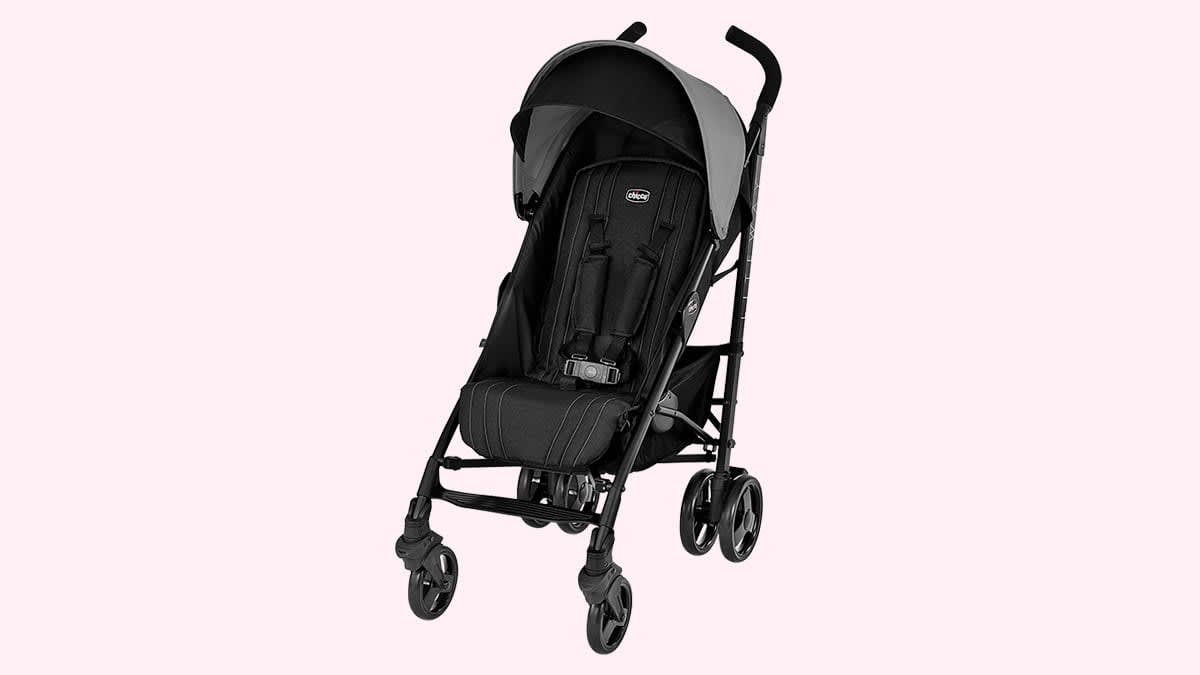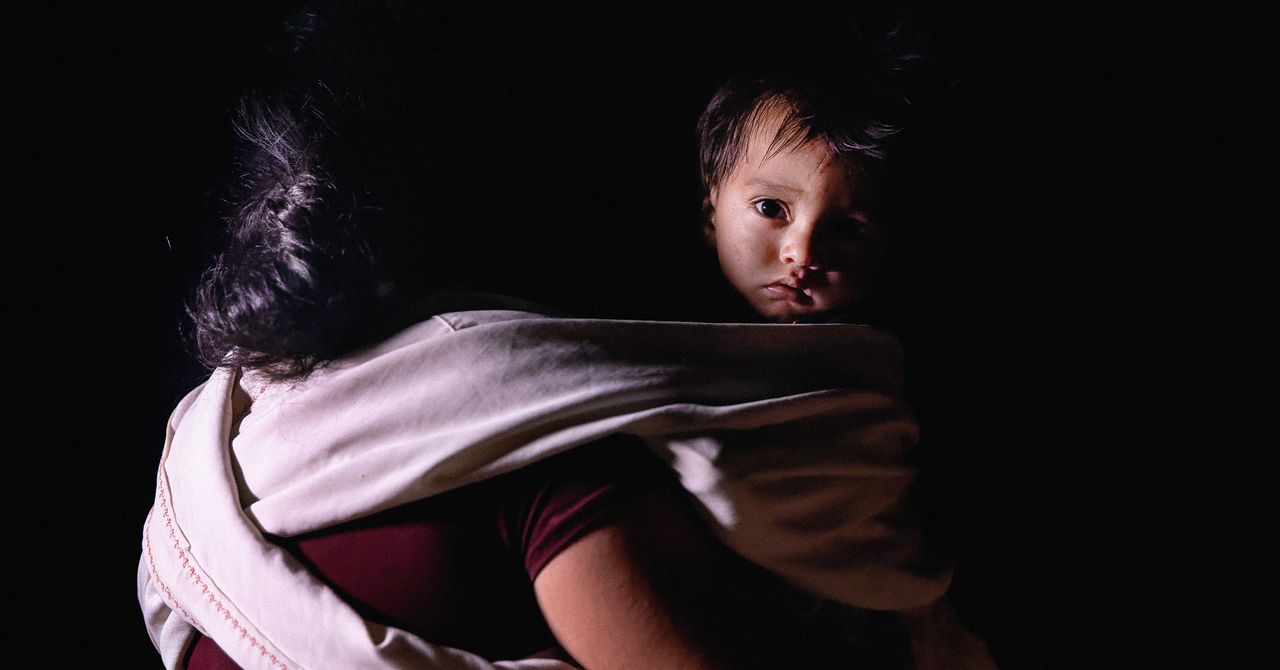
Umbrella strollers are named for what they look like when you collapse them. They were created in 1965 by an aviation engineer looking to replace his heavy pram with something more lightweight for an international flight. “They fold into a long, relatively narrow package—similar to an old-school umbrella,” says Joan Muratore, the engineer who oversees stroller testing for Consumer Reports.
Some models weigh as little as 12 pounds, while others weigh as much as 18 pounds—that said, they’re still considerably lighter than other strollers, which can weigh as much as 38 pounds.
Most umbrella strollers are designed to carry babies 6 months and older, when they typically can sit up on their own. While inexpensive models have a fixed, non-reclining seat, pricier umbrella strollers may feature a seat that partially reclines for naps. None of the strollers we feature in this story have seats that recline all the way, which means they’re not suitable for children younger than 6 months.
You’ll also find that most umbrella strollers have more limited storage than traditional strollers, and smaller wheels that may not handle uneven terrain quite as well. So while an umbrella stroller won’t be the first stroller you buy for a new baby, it makes a great second stroller for whenever ease and portability take priority over bells and whistles.
To see how umbrella models measure up to other types of strollers, explore our comprehensive stroller ratings, which include brands like Chicco, Summer Infant, UPPAbaby, and more. Not sure which type is right for you? Check our stroller buying guide.









